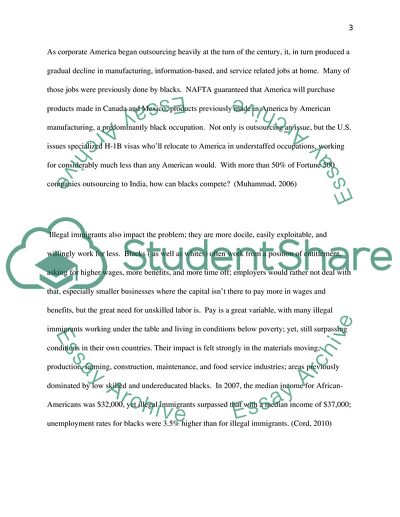Cite this document
(“The Effects of Unemployment for Lower and Middle Class Black America Research Paper”, n.d.)
The Effects of Unemployment for Lower and Middle Class Black America Research Paper. Retrieved from https://studentshare.org/macro-microeconomics/1746238-unemployment-and-the-effect-on-lower-and-middle-class-black-america
The Effects of Unemployment for Lower and Middle Class Black America Research Paper. Retrieved from https://studentshare.org/macro-microeconomics/1746238-unemployment-and-the-effect-on-lower-and-middle-class-black-america
(The Effects of Unemployment for Lower and Middle Class Black America Research Paper)
The Effects of Unemployment for Lower and Middle Class Black America Research Paper. https://studentshare.org/macro-microeconomics/1746238-unemployment-and-the-effect-on-lower-and-middle-class-black-america.
The Effects of Unemployment for Lower and Middle Class Black America Research Paper. https://studentshare.org/macro-microeconomics/1746238-unemployment-and-the-effect-on-lower-and-middle-class-black-america.
“The Effects of Unemployment for Lower and Middle Class Black America Research Paper”, n.d. https://studentshare.org/macro-microeconomics/1746238-unemployment-and-the-effect-on-lower-and-middle-class-black-america.


